How to Grow and Care for a Prayer Plant in Your Home
The Prayer Plant, a tropical plant native to Brazil, is easily recognizable. Its common name comes from the way its leaves spread open during the day and fold like praying hands at night.
The Prayer Plant draws attention with its beautifully decorative leaves. The most common variety has dark green, velvety leaves with yellow streaks along the central vein and red veins fanning out towards the edges.
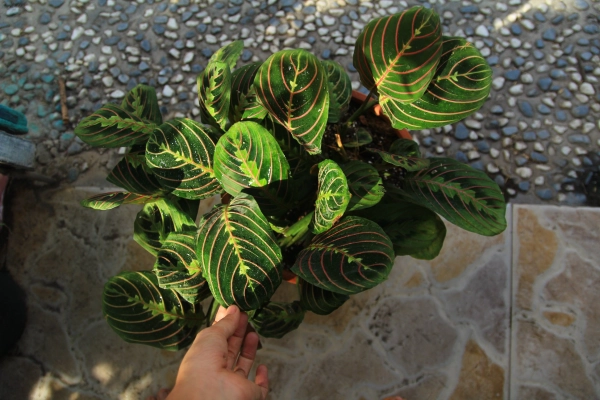
Prayer Plants grow slowly and can reach up to a foot tall indoors. It's a popular houseplant that can be grown and cared for year-round.
Prayer Plant Details
The Prayer Plant, scientifically known as *Maranta leuconeura*, is renowned for its unique and captivating features in houseplant collections. It's often grown for its beautiful leaves with diverse colors.
- Family: Marantaceae
- Plant Type: Perennial herb
- Mature Size: 6–12 inches tall, 6–12 inches wide
- Light: Prefers partial to full shade
- Soil: Moist, well-drained
- Soil pH: Neutral to slightly acidic
- Bloom Time: Spring, though it rarely blooms indoors
- Flower Color: White
- Native Area: South America
How to Grow and Care for a Prayer Plant
Light
Place your Prayer Plant near a window for indirect sunlight. Avoid direct sunlight, as it can scorch the leaves or cause fading. The plant thrives in lower light conditions, especially in winter.
Soil
Use a potting mix or make your own from sphagnum peat moss, loamy soil, and perlite or sand. Ensure the soil drains well, with a pH between 5.5 and 6.0.
Watering
Water the Prayer Plant regularly when the top layer of soil becomes dry. Don’t let the soil dry out completely. Avoid letting water sit on the leaves or causing waterlogging. Enough water to keep the plant alive, but overwatering can cause yellowing leaves and root rot.
Temperature and Humidity
The Prayer Plant prefers temperatures between 60–80°F (15–27°C). Avoid prolonged exposure to low temperatures, as this can damage leaves and cause them to drop. To increase humidity, place the plant near a humidifier or on a tray with pebbles and water. Misting the leaves with room temperature or warm water also helps.
Fertilizer
Fertilize the Prayer Plant every two weeks from spring to fall and reduce to once a month in winter. Use a diluted water-soluble houseplant fertilizer at half strength. Avoid over-fertilizing, as it can slow growth or damage the plant.
Types of Prayer Plants
There are several popular varieties of Prayer Plants, with the tri-color variant being the most common, easily found in plant stores. Prayer Plants like *Maranta leuconeura* and calathea are so closely related they are often confused. Some popular species within the Maranta genus include:
- Maranta leuconeura erythrophylla: The tri-color Prayer Plant, also called the Fishbone Plant, is the most popular with deep red veins.
- Maranta leuconeura kerchoveana: Known as Rabbit’s Tracks, this variety has green leaves with two rows of darker spots.
- Maranta leuconeura massangeana: This variety has darker leaves with silver spots along the veins and white veins.
How to Propagate a Prayer Plant
Step 1:
- Divide the Prayer Plant into smaller plants by gently shaking the soil off the roots and separating them.
- Make sure each new plant has sufficient roots and stems.
Step 2:
- Plant these smaller plants into individual pots.
Step 3:
- Keep the new plants warm and moist for the first few weeks to encourage growth.
Common Pests on Prayer Plant
The Prayer Plant can be affected by pests like spider mites and mealybugs. If you notice signs of infestation, such as a white powdery substance on the leaves or browning leaves, you can treat the plant with organic insecticides like neem oil.
Common Problems with Prayer Plant
Prayer Plants are known to be easy to grow, but because they prefer a humid, greenhouse-like environment and regular watering, they may experience some difficulties when adjusting to indoor conditions. Common issues include yellowing leaves, browning leaves, and leaf drop.
Yellow Leaves
Yellow leaves on the Prayer Plant usually result from improper watering or incorrect light levels. Overwatering can lead to root rot, which prevents the roots from absorbing water, causing the plant to dry out and eventually die. Yellow leaves are often an early warning sign that root rot is starting to occur.
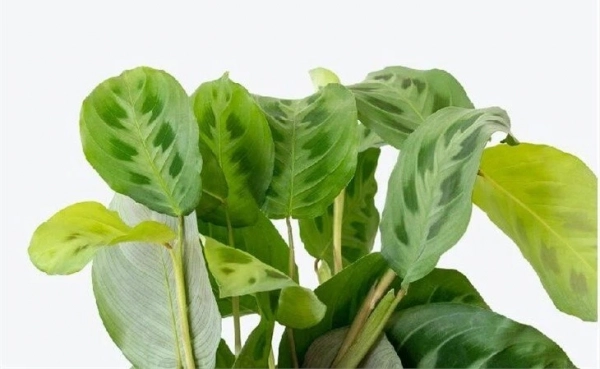
Lack of sunlight can also cause yellowing leaves as the plant sacrifices leaves to conserve energy. On the other hand, too much direct sunlight can cause the leaves to burn or become bleached, rather than turning a natural yellow color.
Brown Leaves
Brown leaves are another common issue, typically caused by insufficient water, low humidity, or inadequate light. When under-watered, the plant's leaves may turn yellow before becoming brown and crispy. A lack of light can also lead to the same outcome. If humidity is too low, the edges of the leaves may turn brown, signaling that the plant needs higher humidity levels.
Leaf Drop
If your Prayer Plant suddenly starts dropping leaves, it could be due to various factors such as sudden changes in temperature or humidity, pests, drought, or over-fertilization. These factors can shock the plant, leading it to shed its leaves. A thorough inspection of the plant and its environment will help you identify and resolve the issue.
Tags: Indoor Ornamental Plants | Outdoor Ornamental Plants | Bonsai Plants | Aquatic Ornamental Plants | Miniature Ornamental Plants |











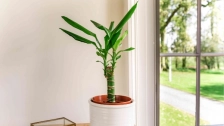
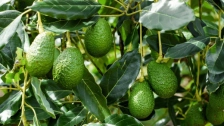
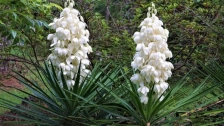





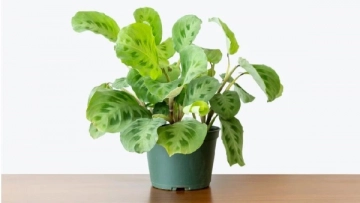

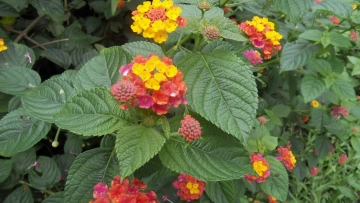
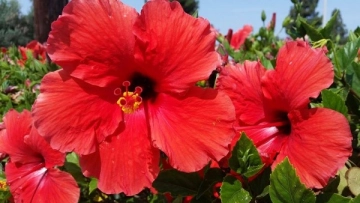
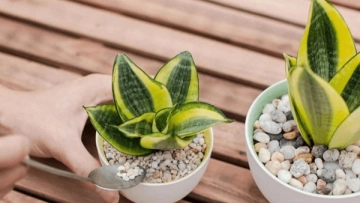
LEAVE A REPLY
Your email address will not be published. Required fields are marked *